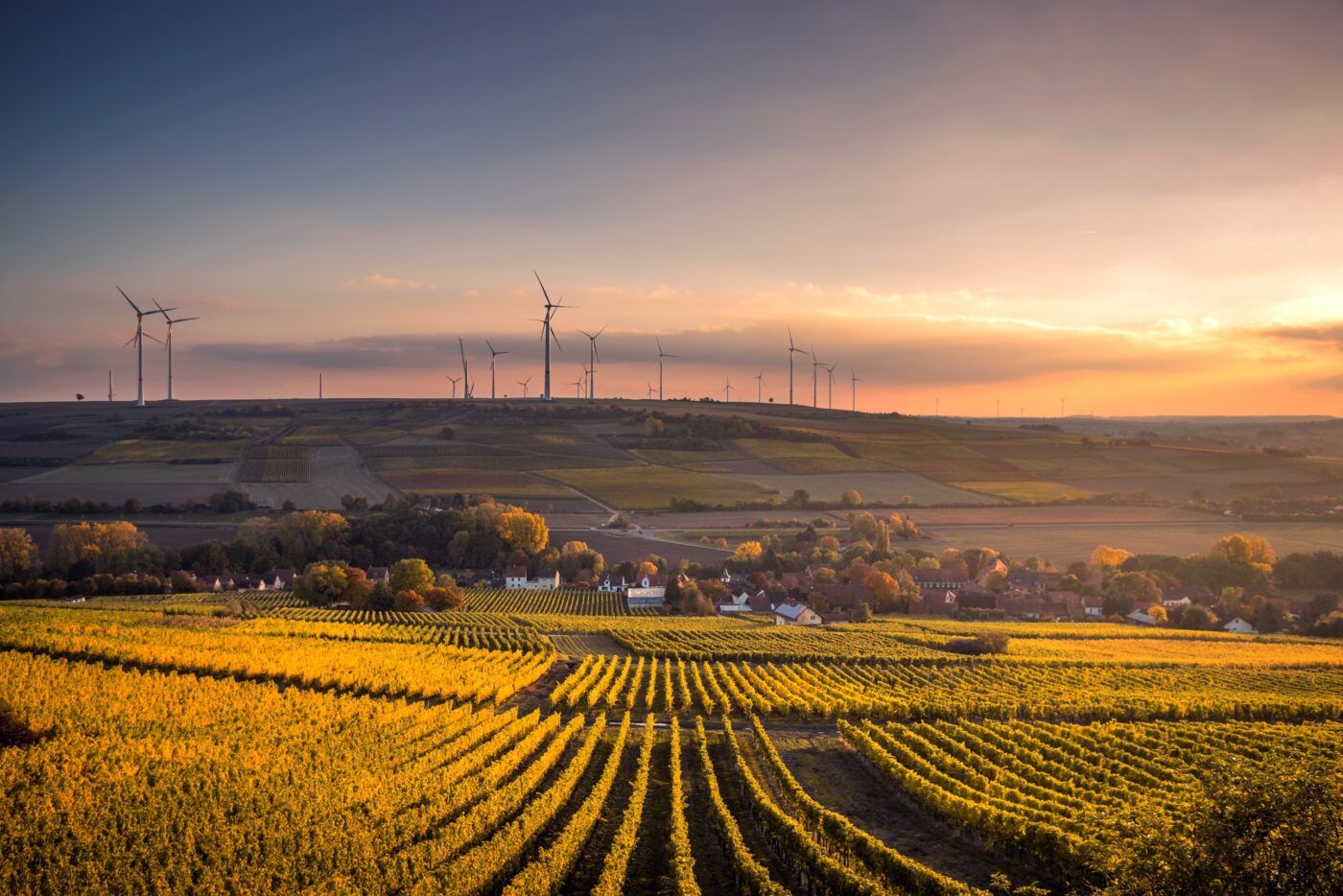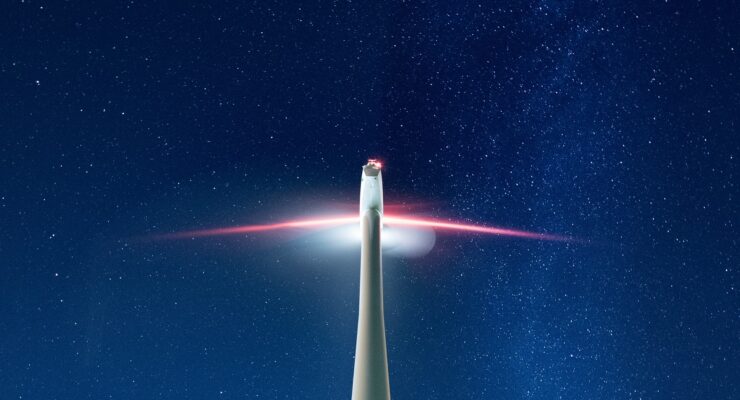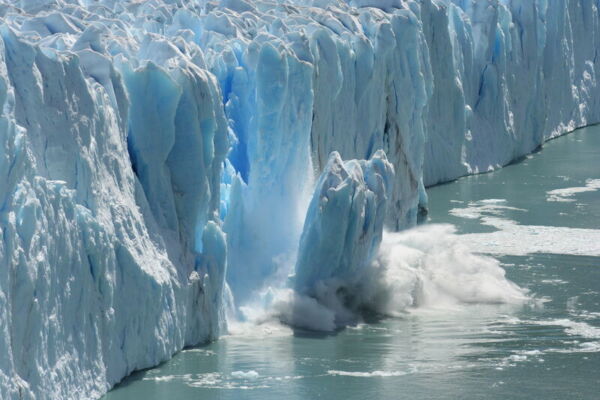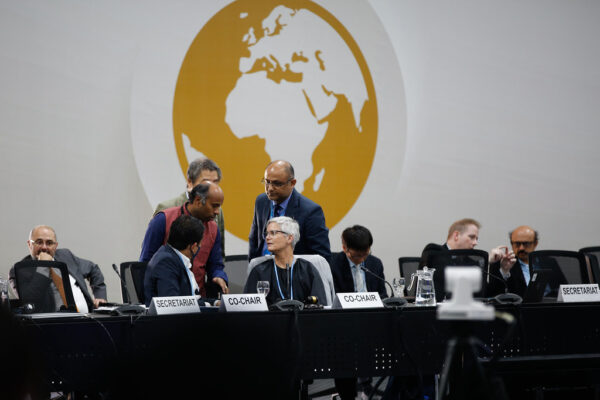Without the widespread use of renewable energy sources, carbon dioxide emissions would be three times as high as they currently are, proves a recent report by the International Energy Agency (IEA). This underscores the critical role that renewable energy, and specifically wind, has played in the transition to a cleaner, more sustainable energy system. With this in mind, let’s look at the development of wind energy in general: the highlights, achievements, and its current state.
The evolution of wind turbines
The first wind turbine to produce electricity was built in 1887 by Professor James Blyth of Anderson’s College, Glasgow. This turbine had a capacity of 10 kilowatts (kW), just enough to power a few homes. Wind turbines have come a long way since, with capacities reaching up to 14 megawatts (MW), enough to power thousands of homes. This increase has been driven in part by advancements in turbine technology, including longer blades and taller towers, which enable turbines to capture more energy from the wind. Enjoying rapid development, wind energy has become one of the fastest growing sources of electricity worldwide. Installed global capacity reached to over 830 GW in 2021, from just 3 gigawatts (GW) in 1994 – 93 percent of turbines being onshore systems, and the remaining 7 percent offshore wind farms.
Costs decline, adoption soars
Along with the growth in capacity, the cost of wind energy has fallen significantly over the past decade. According to the International Renewable Energy Agency (IRENA), the global weighted-average levelized cost of electricity (LCOE) for offshore wind power decreased by 60 percent between 2010 and 2021, and 68 percent for onshore wind power – making it one of the cheapest sources of new electricity generation in many parts of the world.
The increasing competitiveness of wind energy has led to its widespread adoption in many countries. In 2020, wind energy accounted for around 7 percent of global electricity generation, up from just 0.1 percent in 1997. The top countries regarding wind power production as of 2021 are the following:
- China: 466.50 MW
- United States: 341.40 MW
- Germany: 132.10 MW
- United Kingdom: 75.40 MW
- India: 60.40 MW
- Brazil: 57.10 MW
- Spain: 56.40 MW
- France: 39.70 MW
- Canada: 35.60 MW
- Sweden: 27.50 MW
Diversifying clean energy
In addition to producing electricity, wind energy is increasingly being used to produce other forms of clean energy. For example, it can be used to generate green hydrogen – a clean-burning fuel that can be used in a variety of applications, including as a fuel source and storage medium. Wind energy can also help to produce e-fuels, which are synthetic fuels made from renewable electricity and carbon dioxide captured from the atmosphere.
Scaling up for sustainability
Wind energy has come a long way since the first turbine produced electricity in 1887 and has become one of the fastest-growing sources of electricity worldwide. With falling costs and increasing competitiveness, wind energy is being widely adopted in many countries, contributing to the global clean energy transition. However, to meet the global climate goals, the world needs to scale up annual wind energy installations by four times this decade. This requires monumental investment in grid and transmission buildout, electrification measures, energy efficiency, power system modernization, utility-scale storage solutions, and logistical infrastructure. The good news is that these investments will not only help to avoid the costs of adapting to and compensating for unfettered climate change but also boost global economic growth and create more jobs. The global clean energy transition is in everyone’s interest, and we must work together to make it a reality.



